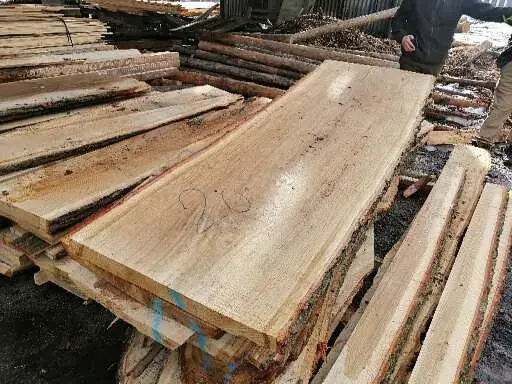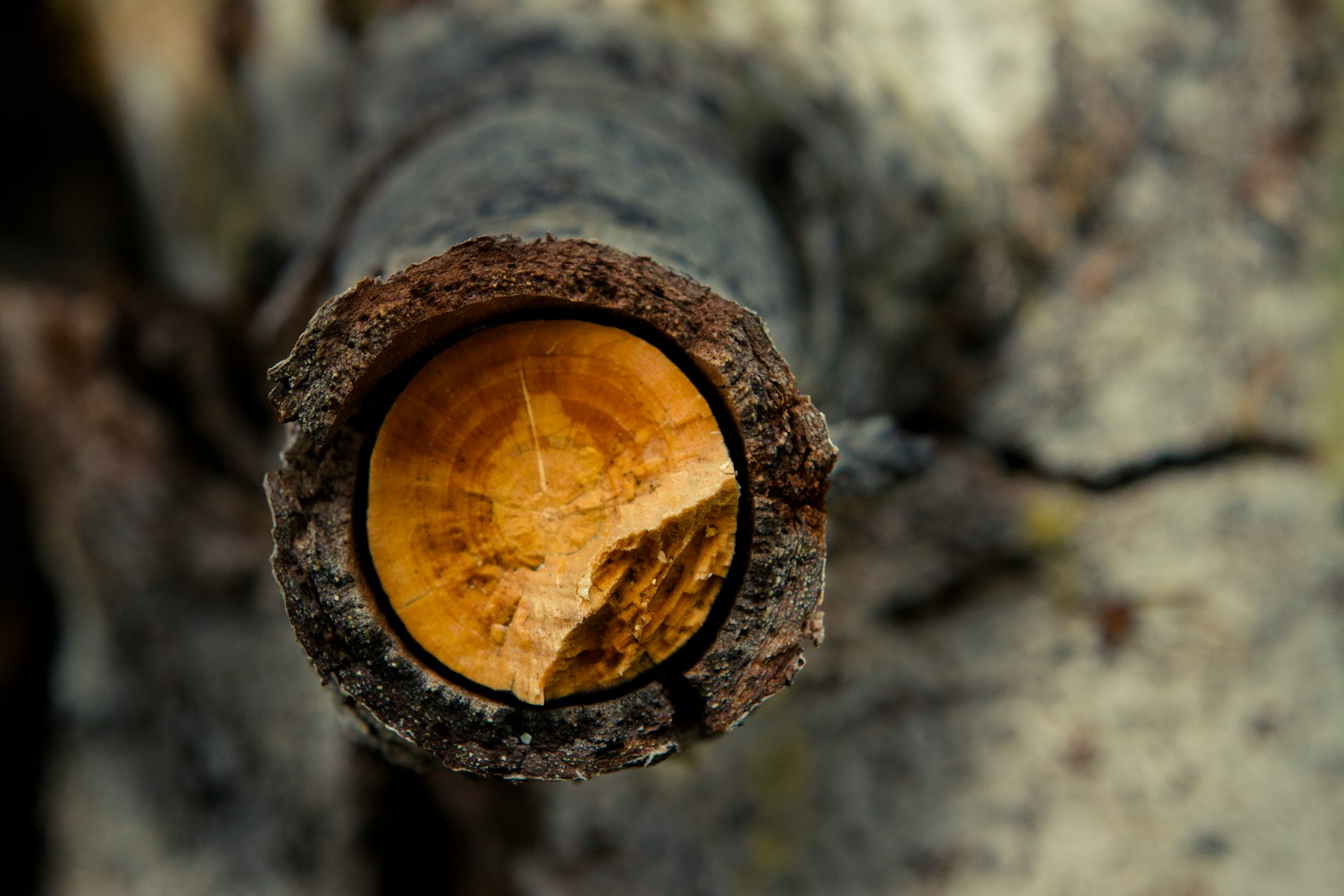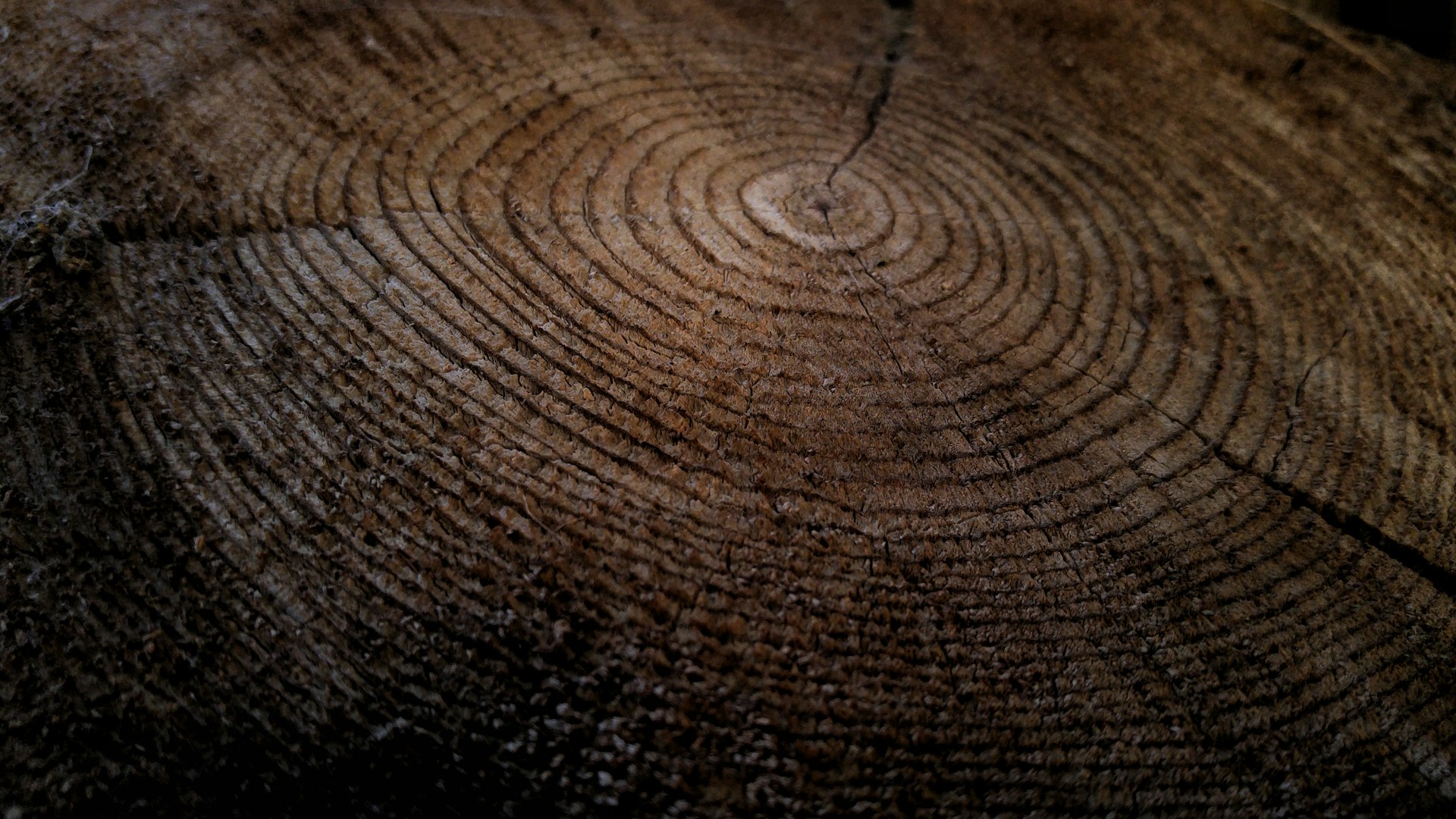It grows on trees
Wood, as one of the primary forest products, constitutes a significant part of our portfolio. We encounter wood very often in our work, as it "grows on trees," which are our hobby, and most of our activities revolve around them.
Wood is an extraordinarily inspiring material for which we model the growth conditions ourselves. With a little imagination, we can understand wood as the memory of the tree itself, which preserves almost all important information throughout its life. In addition to the age of the tree, we can today read a wealth of other data from the structure of the wood, and thanks to the growth rings, we can go back 100, 200, or even 500 years into the past.


Uniformity
In the structure of wood, information about the amount of precipitation, wind, average temperatures, or calamities in individual years is recorded in the form of growth rings, like in an extensive book. The wood also contains "chapters" from the social life of trees, starting with their social status in the population and the changes throughout their lives. Equally significant are the records of human interventions in the forest, the tree, and its immediate surroundings. However, this inspiring and interesting material often does not find adequate use precisely because of its uniqueness and originality.
Current trends in wood processing often focus on the "uniformization" of its appearance and the suppression of its natural originality. Wood is split, sanded, and glued in various ways to remove its natural characteristics and improve technical properties. However, such processing does not allow the originality, which is unique to each cut, to shine through.
Without value
In our opinion, this originality is one of the main design elements of this material. With a little imagination and breaking away from established templates, we can achieve an exceptional effect even from "worthless" old wood, pieces infested with fungi, or cuts from trees damaged by bark beetles. Such trees or damaged wood often end up in incinerators.
However, this material, in addition to the marks inscribed in it over hundreds of years, carries stories linked to the places where these trees grew and to the people who, for various reasons, decided to remove them.
Ide napríklad o drevo pochádzajúce z križovatiek starobylých ciest, drevo zo stromov, ktoré lemovali významné cesty stovky rokov, alebo drevo zo stromov na pamätných miestach, v mestských parkoch, sadoch či v historických jadrách miest. Spoločne môžeme dať takémuto drevu šancu neskončiť v ohni, ale skrášľovať naše okolie ešte mnoho rokov.
